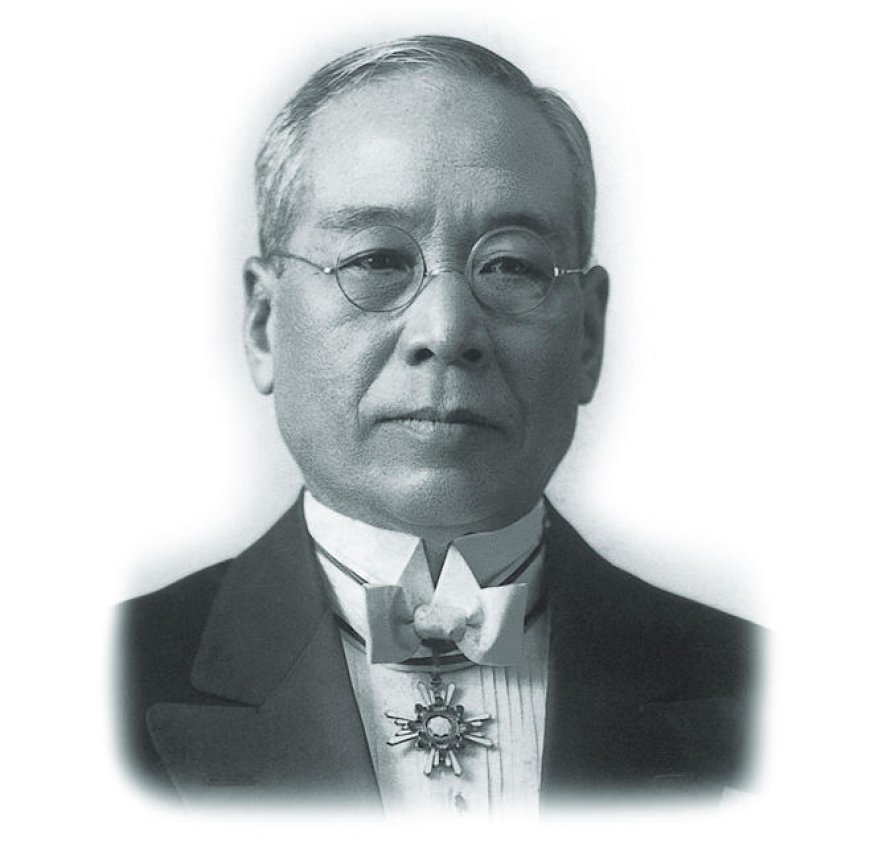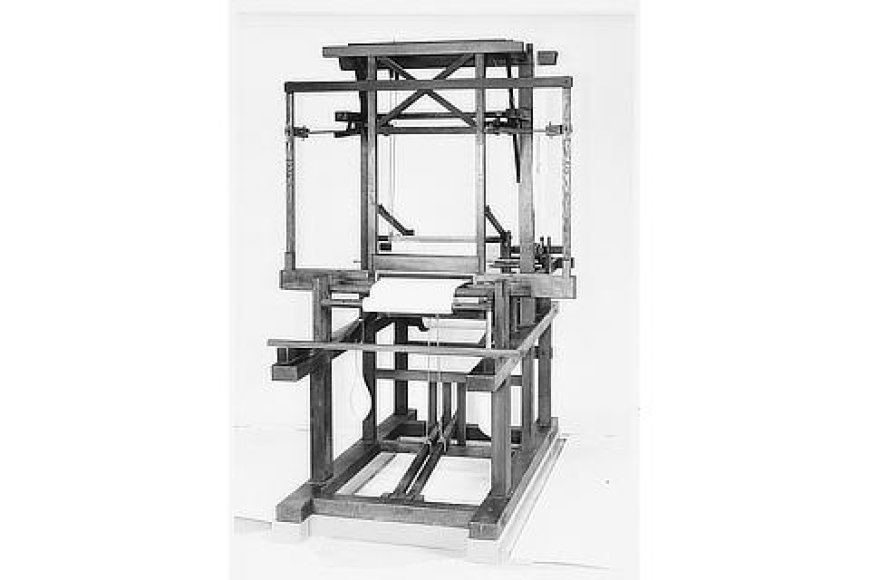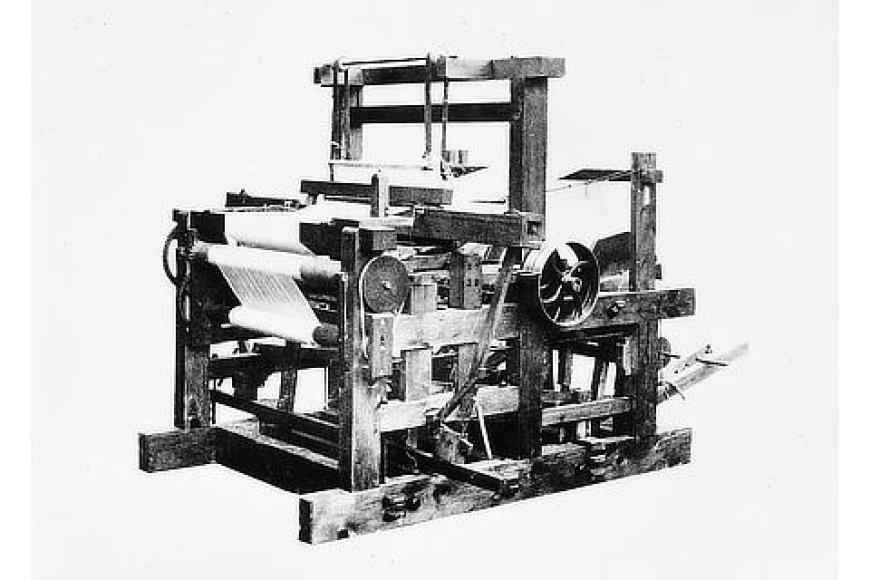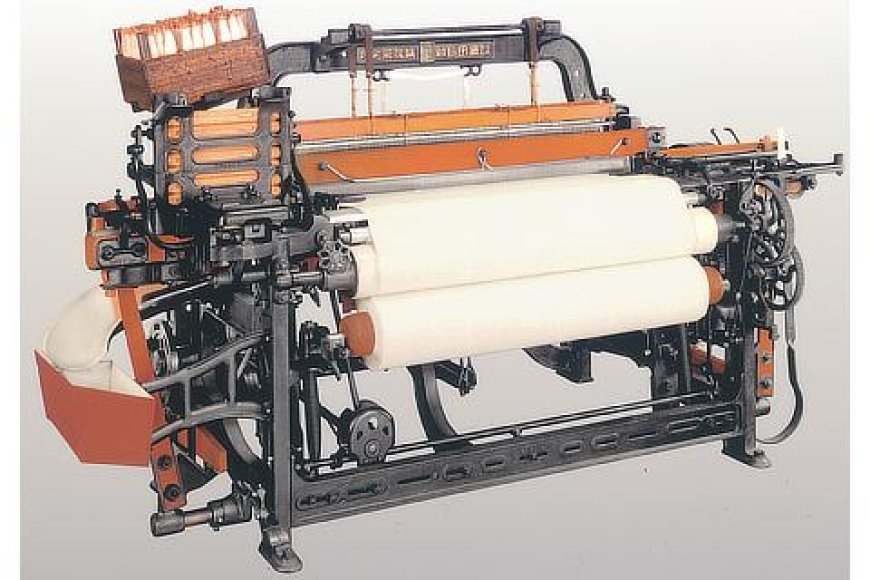Sakichi Toyoda: The Forward-thinking Man Who Created Toyota
The life and legacy of Sakichi Toyoda (1867–1930), the inventor of the automatic loom and the foundational principle of Jidoka ("autonomation"), which became a pillar of the Toyota Production System (TPS).

Sakichi Toyoda (1867–1930) was a significant Japanese industrialist and inventor whose work in textile machinery not only transformed Japan's weaving industry but also supplied the engineering foundation, financial resources, and guiding principles for the large Toyota Group, which then became Toyota Motor Corporation. He is very well known as the "King of Japanese Inventors."
The Birth of an Inventor and the Pursuit of Societal Benefit :
Sakichi Toyoda entered the world in 1867, in a quaint village nestled in Shizuoka Prefecture. His parents were farmers and carpenters. Growing up amidst the upheaval of Japan's Meiji Restoration, a time marked by rapid industrial change, he developed a heartfelt desire to contribute positively to society. His curiosity was started when he is in investigating into the newly passed Patent Monopoly Act of 1885 and, most important thing , when he observed the marvels of modern Western machinery at the Third National Machinery Exposition in Tokyo in 1890. This experience opened his eyes to the world of invention, leading him to break away from his family's traditional customs in pursuit of innovation.
His goal was to improve the manually operated, complicated, and ineffective traditional hand loom. His goal was not just to build a machine but also to lessen the workload for others, such as the hardworking local women makers, including his mother.
- The First Breakthrough (1890): The Toyoda Wooden Hand Loom was Sakichi's first successful invention. In contrast to its before them, it only needed one hand to operate and greatly improved fabric quality while increasing weaving efficiency by 40–50%.

- The Turn toward Power (1896): After identifying the limitations of manual labor, he created the Toyoda Power Loom, Japan's first steam-powered loom, before switching to oil and electricity. This signaled the start of Japan's transition to automated textile manufacturing.

The Fundamental Principle’s of Jidoka
Sakichi's most important legacy lies in his solution to the problem of defective production. In early power looms, if a thread broke, the machine would continue operating, producing large amounts of inaccurate cloth and wasting materials. This required a human operator to constantly watch the machine, destroying the efficiency of automation.
His amazing innovation, incorporated into machines like the Type G Automatic Loom (1924), was the automatic stop mechanism: the machine would stop the moment a thread broke.

This simple even profound principle is the beginning of Jidoka, one of the two pillars of the Toyota Production System (TPS).
- Definition: Jidoka is often translated as "autonomation" or "automation with a human touch." It means building quality into the process by giving equipment the ability to automatically detect an abnormal condition (like a broken thread) and immediately stop itself.
- Impact: By stopping the line instantly, Jidoka prevents the creation of defects, removing waste . It also allowed one operator to safely supervise dozens of looms (multiprocess handling) because they only needed to step in when the machine detected a problem. This concept is visually represented today by the Andon system (a signal light/cord) used on Toyota's automotive production lines.
From Loom Patent to Capital for a Motor Company
Sakichi's business journey was marked by multiple company formations and failures, but his commitment to invention was still unchanging. He held an "unwavering conviction" that no product should be sold until it had been carefully manufactured and fully tested.
- Company Foundations: The first parent companies of the current Toyota Group, Toyoda Boshoku Corporation (1918) and Toyoda Automatic Loom Works, Ltd. (1926), were established as a result of his efforts.
- The Financial Seed: At a crucial juncture for the company's future, Sakichi sold the patent rights to his superior Type G Automatic Loom to Platt Brothers & Co., Ltd. in 1929.
- The Leap into Automotive: Sakichi specifically gave his son to Kiichiro Toyoda this money with instructions to use it for a new business in the automobile industry. This funding enabled Kiichiro to launch the automobile division, which subsequently split off to become the Toyota Motor Company, Ltd. (1937).

Sakichi Toyoda laid the groundwork for a global industrial empire while inventing a loom. His innovative concepts led to the creation of the Toyota Production System, which transformed manufacturing worldwide through principles like (Jidoka and Kaizen) innovation should continuous improvement.
What's Your Reaction?
 Like
0
Like
0
 Dislike
0
Dislike
0
 Love
0
Love
0
 Funny
0
Funny
0
 Angry
0
Angry
0
 Sad
0
Sad
0
 Wow
0
Wow
0
























































































































































































